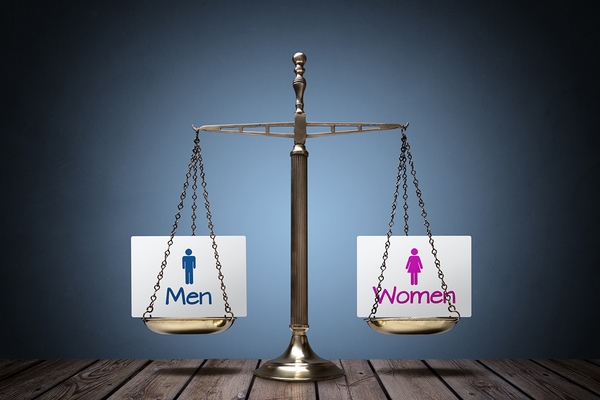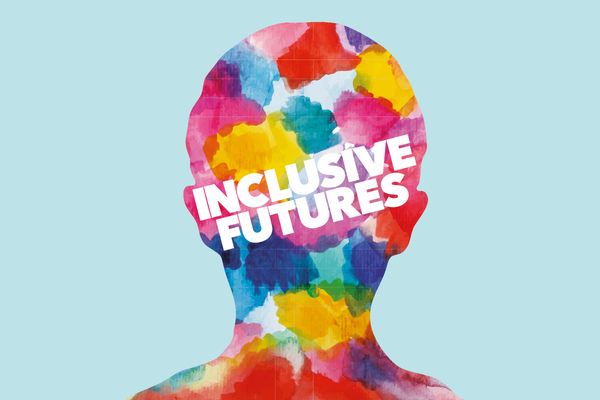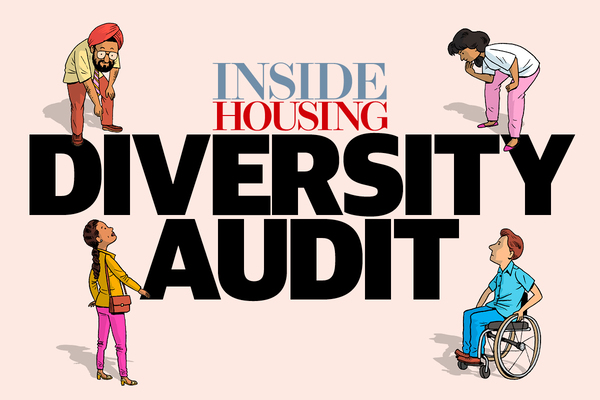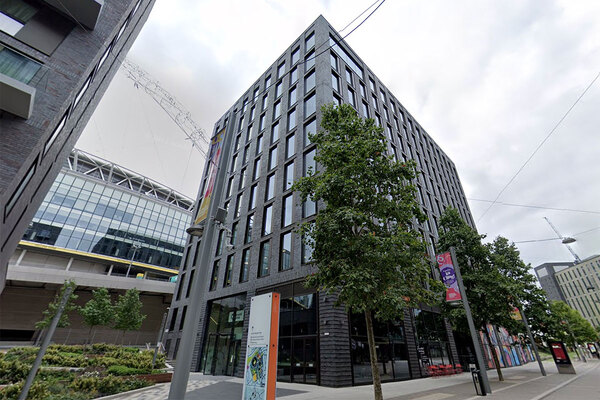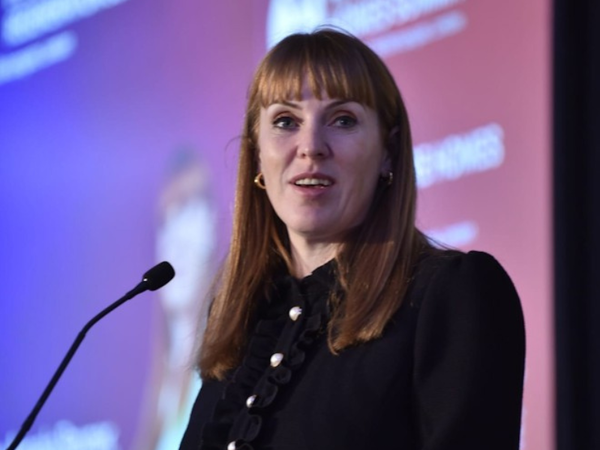NHF reverses 14.6% gender pay gap in 12 months
The National Housing Federation (NHF) has seen its gender pay gap in favour of men completely reversed in the space of 12 months, with the organisation now recording a gender pay gap slightly in favour of women.
In its latest gender pay gap report, the NHF, which is the body that represents England’s housing associations, recorded a median gender pay gap of 0.4% in favour of women.
The figures were taken from a snapshot of workforce data from April 2019.
The latest figure is a major turnaround for the organisation which recorded a median gender pay gap of 14.6% in favour of men in April 2018. The organisation said that the difference last year was due to having “fewer women in senior roles” – this came despite 69% of National Housing Federation staff being female.
Following the publication of the results, Kate Henderson, chief executive of the NHF, said that it was not acceptable and there was more the association needed to do. She pledged to continue to offer generous maternity pay and flexible working, and “develop solutions” to promote diversity and equality.
Reflecting on this year’s results, Ms Henderson said she was pleased that there was almost no gender pay gap at the NHF and said much of this was down to efforts to have better female representation among its senior staff.
Despite the median gender pay gap improving at the organisation, the median gender bonus gap increased from zero last year to 11.5% this year.
The NHF said that this was due to a number of new female staff joining the federation this year and were as a result not eligible for the full commercial bonus. The current split in the NHF workforce is 67% female and 33% male.
As it has fewer than 250 staff, the NHF was not obliged to release the data, but pledged last year to analyse and release the figures on its pay gap anyway.
The current median gender pay gap across UK companies with more than 250 staff is 9.6%. Analysis by Inside Housing earlier this year revealed that the average median gender pay gap for housing associations was 8.1% in favour of men. The gender pay gap had also increased in favour of men at 23 of a sample of 43 of the country’s largest housing associations.
Ms Henderson said that while she was pleased in the progress made at the organisation, she said there was still a lot more it could do to promote diversity.
As part of this drive, the organisation has set up a group of staff to develop solutions to promote diversity and equality. The group has now decided that the organisation should adopt the Rooney Rule for the next 12 months.
The concept is named after Dan Rooney, the former owner of American football team the Pittsburgh Steelers, and requires at least one female and one ethnic minority to on the shortlist when recruiting for a role.
Ms Henderson said: “While this is a real improvement from last year, I’m aware that we are a small organisation and it only takes a relatively small number of changes to affect the results significantly from year to year. This is not an issue that we can now be complacent about.”
Inclusive Futures
Inside Housing’s Inclusive Futures campaign aims to promote and celebrate diversity and inclusion.
We are pledging to publish diversity audits of our own coverage.
We are also committed to proactively promoting positive role models.
We will do this through the pages of Inside Housing. But we will also seek to support other publications and events organisations to be more inclusive.
Our Inclusive Futures Bureau will provide a database of speakers and commentators from all backgrounds, for use by all media organisations.
We are also challenging readers to take five clear steps to promote diversity, informed by the Chartered Institute of Housing’s diversity commission and the Leadership 2025 project.
INSIDE HOUSING’S PLEDGES
We will take proactive steps to promote positive role models from under-represented groups and provide information to support change.
We pledge to:
Publish diversity audits: We will audit the diversity of the commentators we feature. We will formalise this process and publish the results for future audits twice a year.
Promote role models: We will work to highlight leading lights from specific under-represented groups, starting in early 2018 with our new BME Leaders List.
Launch Inclusive Futures Bureau: We will work with the sector to compile a database of speakers, commentators and experts from under-represented groups. The bureau will be available to events organisers, media outlets and publications to support them to better represent the talent in the sector.
Take forward the Women in Housing Awards: Inside Housing has taken on these successful awards and will work to grow and develop them.
Convene Inclusive Futures Summit: Our new high-level event will support organisations to develop and implement strategies to become more diverse and inclusive.
THE CASE FOR CHANGE
34%
of housing association chief executives are female
1%
of housing association executives have a disability
1.6%
of housing association board members are LGBT
Women make up 46% of the UK workforce, but Inside Housing research found that they are under-represented on housing association boards (36%), executive teams (39%) and among chief executives (34%).
Almost a fifth of working-age adults have a disability (18%), yet associations reported only 1% of executives and 4.5% of board members with a disability. Many were unable to provide details.
Nationwide, 14% of the working-age population come from a BME background, climbing to 40% in London and Birmingham. Yet our research found that 6.8% of board members identified as BME, compared with 4.5% of executives.
Statistics on representation of LGBT people in the workforce are in short supply, but official statistics suggest that 2% of the total UK population identify as lesbian, gay or bisexual, rising to 4.1% for 16 to 24-year-olds. Our survey found that 1.6% of board members and 10 executives were LGBT – but most organisations were unable to provide figures.
THE INCLUSIVE FUTURES CHALLENGE
Inside Housing calls on organisations to sign up to an inclusive future by taking five steps:
Prioritise diversity and inclusion at the top: commitment and persistence from chief executives, directors and chairs in setting goals and monitoring progress.
Collect data on the diversity of your board, leadership and total workforce and publish annually with your annual report. Consider gender, ethnicity, disability, sexuality, age, and representation of tenants on the board.
Set aspirational targets for recruitment to the executive team, board and committees from under-represented groups.
Challenge recruiting staff and agencies to ensure that all shortlists include candidates from under-represented groups.
Make diversity and inclusion a core theme in your talent management strategy to ensure you support people from under-represented groups to progress their careers.
The Inside Housing Diversity Audit: how diverse has our coverage been?
The media plays a key role in championing diverse role models, so we designed a project to measure Inside Housing’s track record.




